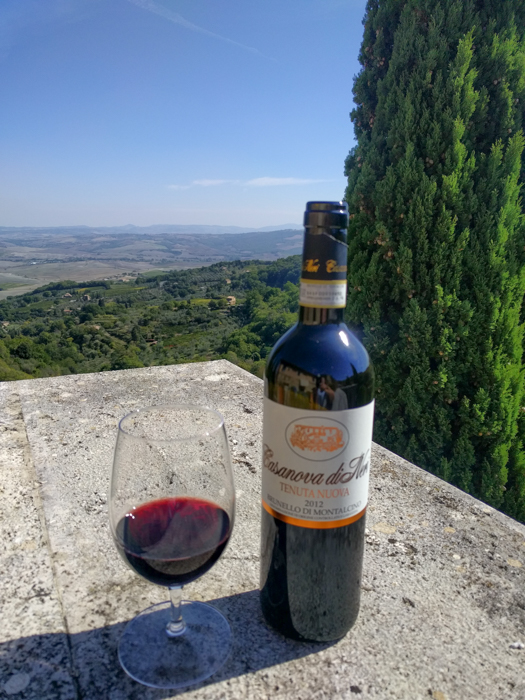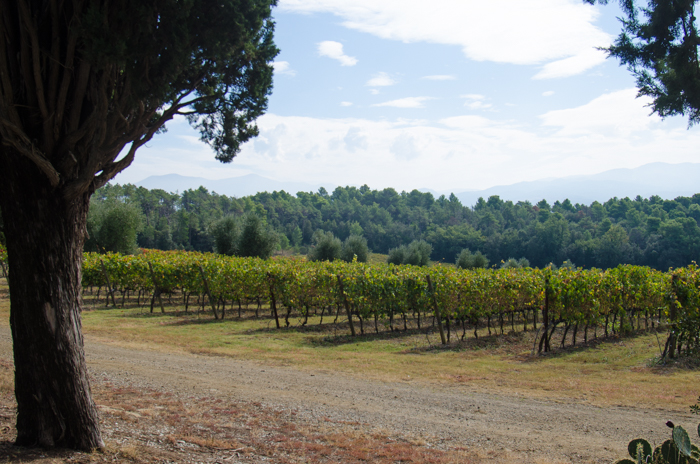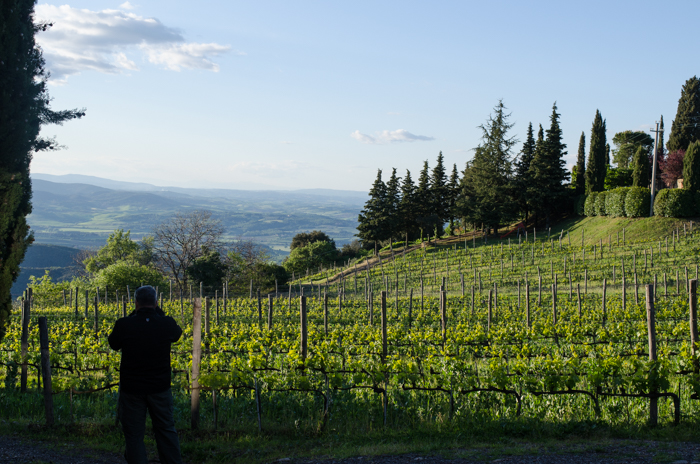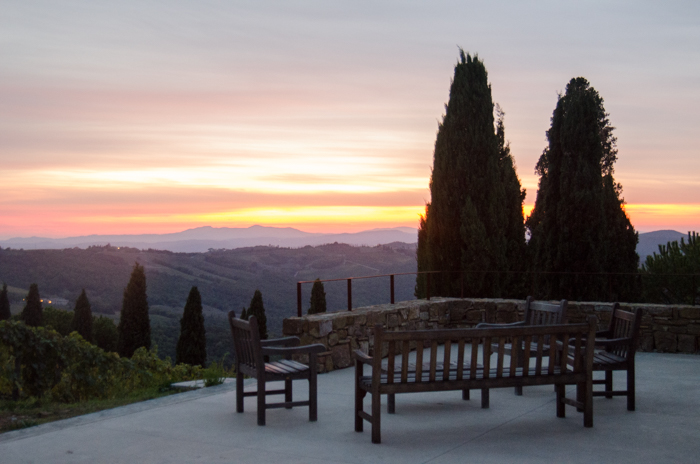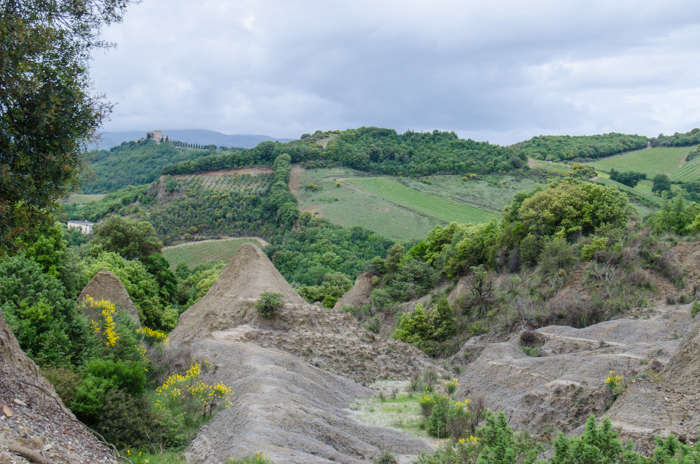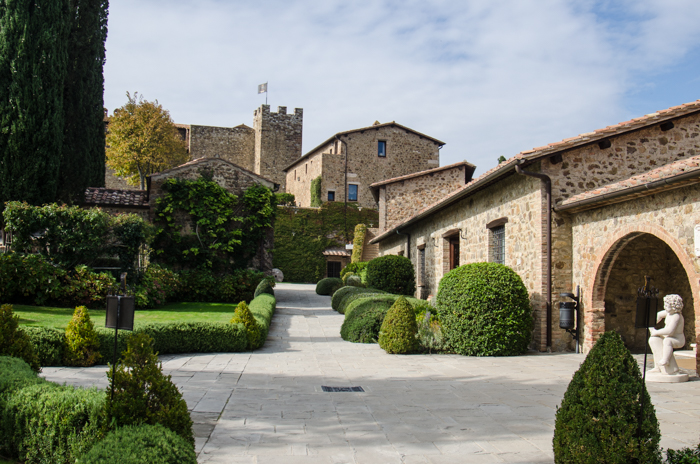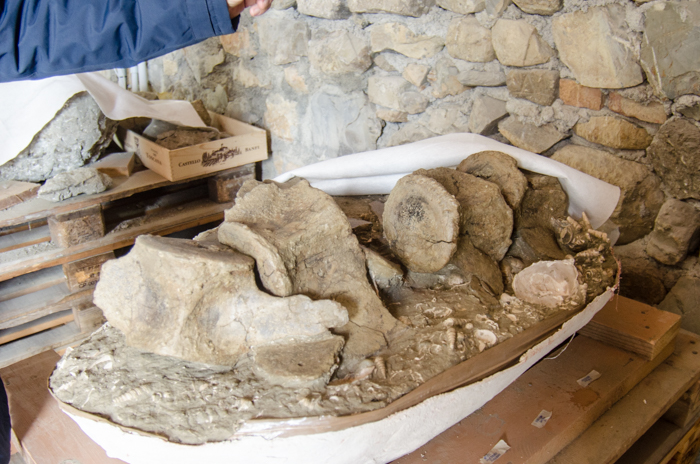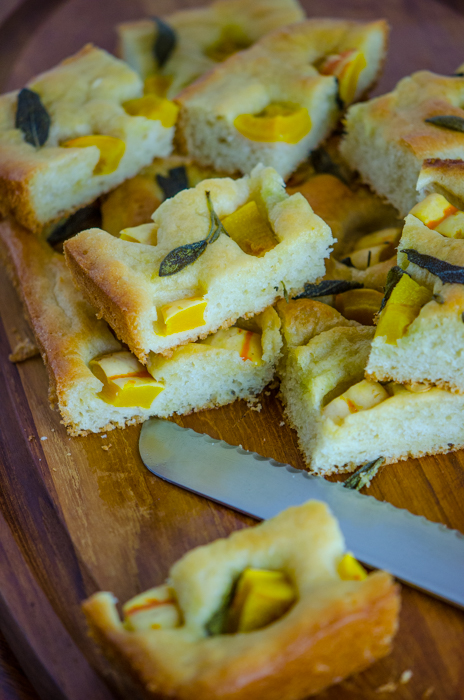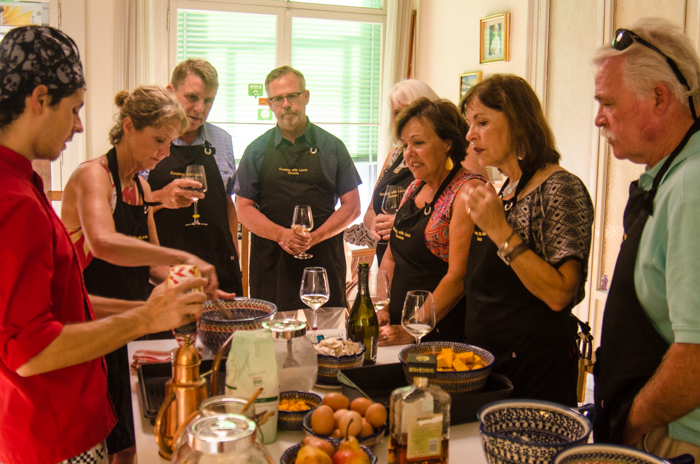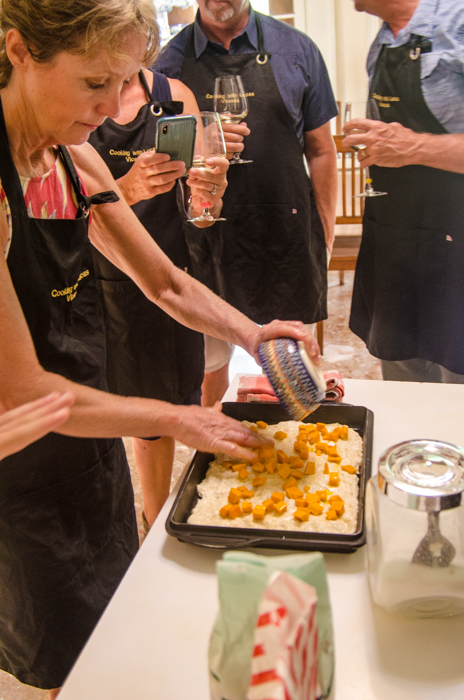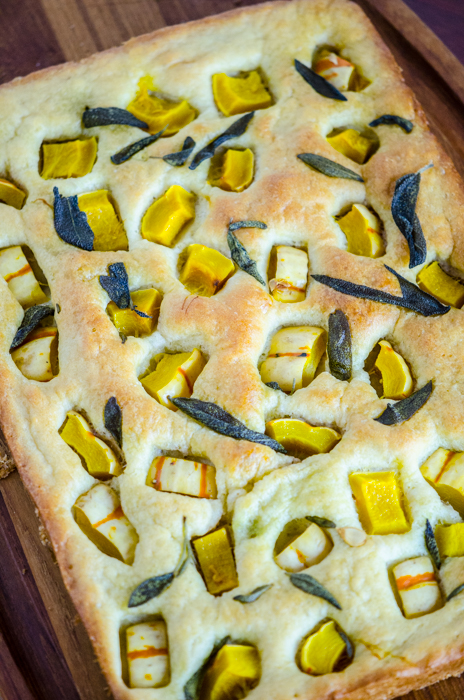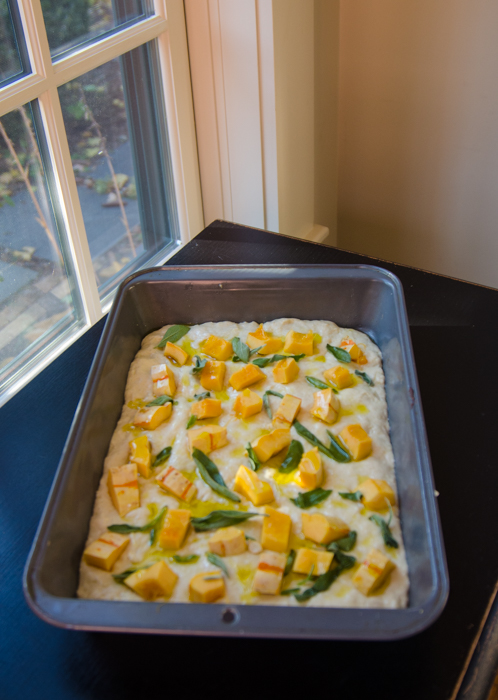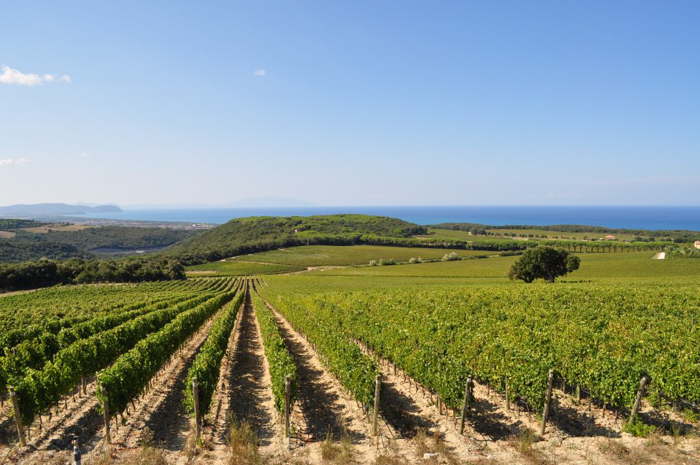
Bolgheri is a relatively new wine zone located on the Tuscan coast, south of Livorno in an area known as Maremma. The zone is named after the town Bolgheri in the north of the region. Here, stony vineyards with high amounts of gravel and patches of clay slope down to the Tyrrhenian Sea, enjoying a dry sunny and breezy climate. In 1983, the Bolgheri DOC was created, defining the few not-very interesting white and rose wines produced here. But just over 10 years later, this obscure little zone would have a profound impact on the Tuscan wine scene.
Italian laws regarding wine production under their DOC system (read my article on Understanding Italian Wines to learn more about this system) dictate, among other things, the specific grape varietals that can be used and their origin. This system can be quite beneficial to maintaining the quality of wines, but can also stall progress, restricting some producers to traditional wines made from indigenous grapes according to long-standing, but outdated techniques. A very frustrating situation for Italian winemakers looking to appeal to an increasing sophisticated international audience.
One region stuck in this situation was Chianti Classico. You may recall the old style Chianti bottles wrapped in a straw covered flask, ironically called a fiasco. In the 1970s this was one of Italy’s most highly exported wines. The traditional recipe for a Chianti, dictated by the DOC system. required a large proportion of white grapes – from 10% to as much as 30%. The result was a fruity, thin wine meant to be consumed young, with no ability to age. An increasingly hard sell to a wine-consuming public rapidly moving towards Bordeaux style wines.
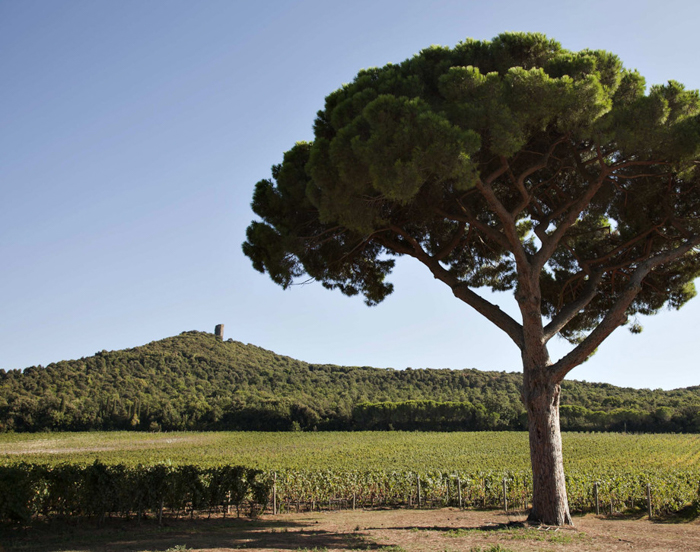
In quiet Bolgheri, the seeds for a revolution were being planted. At the end of World War II, Marchese Mario Incisa della Rocchetta noticed the similarity between the gravel soil of his home in Bolgheri and the famous Bordeaux vineyards of Graves and the Haut-Médoc. He was inspired to plant Bordeaux varieties – Cabernet Sauvignon and Cabernet Franc – on his estate. He expanded his Cabernet plantings in the early 1960s to include his Sassicaia vineyard. The Marchese partnered with winemaker Giacomo Tachis, and his brother-in-law Niccolò Antinori to produce Bordeaux-style wines from his estates in Bolgheri, introducing innovations including temperature controlled environments, steel fermentation vats, and extended aging in French barriques.
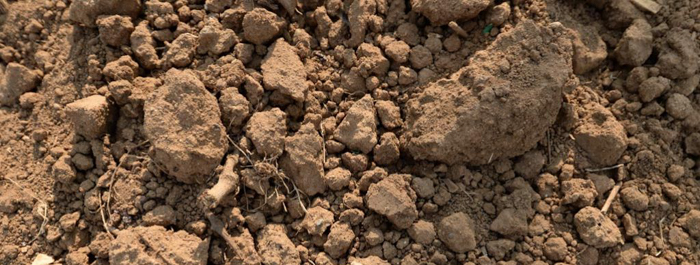
The Antinori family was already a well-established producer in the Chianti DOC, one of the aforementioned producers chafing at the requirements to include white grapes in Chianti. In the early 1970s, Tuscan wine makers, led by the Antinori family, rebelled. Chianti producer Marchese Antinori released a new wine, Tignanello, in 1974. Instead of the typical native grapes required to be blended with Sangiovese to create a Chianti, Tignanello is a blend of Sangiovese, Cabernet Sauvignon and Cabernet Franc from their vineyards in the Chianti region, produced as a Bordeaux style wine, and aged in French oak barrels, no doubt in part inspired by della Rocchetta’s results in Bolgheri.
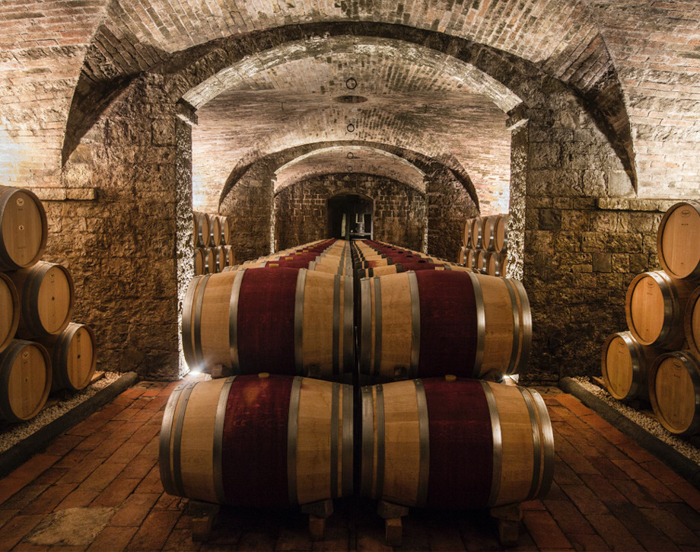
Just four years later, the Bolgheri area jumped out of anonymity to international attention when della Rocchetta’s Sassicaia beat out an assortment of Bordeaux wines at an international blind tasting event held by the UK wine magazine Decanter,.
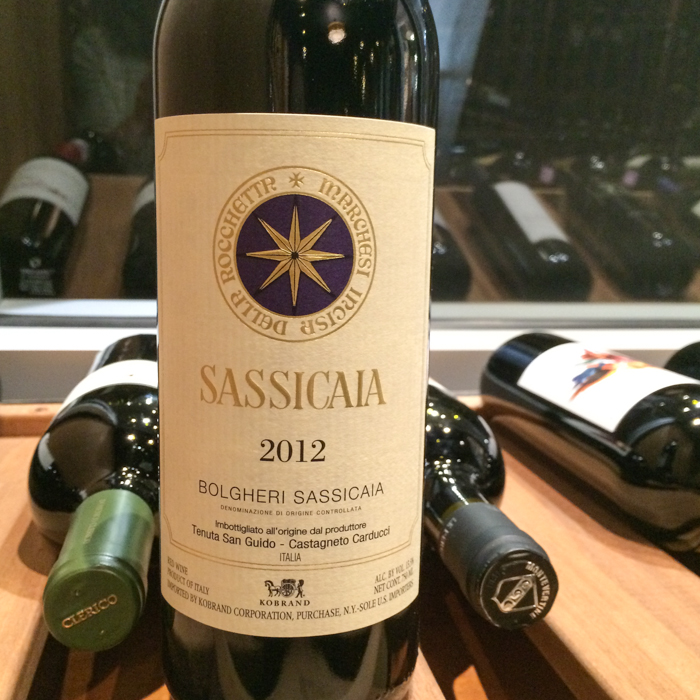
These high quality wines were targeting a high price, but could only be called a Vino di Tavola, sharing this name with the lowest quality Italian table wines. So the term Super Tuscan was coined, no coincidence in English, to brand these wines, highlighting their superior quality and differentiating them from the lower quality Vino di Tavolo. Italian law finally caught up in 1992, when the government introduced the Indicazione Geographica Tipica (IGT) designation. This designation provides deliverance from the restrictions on varietals of the the DOC and the higher-level DOCG. Still considered lower quality than DOC and DOCG, Super Tuscans now often appear under the Toscana IGT designation.
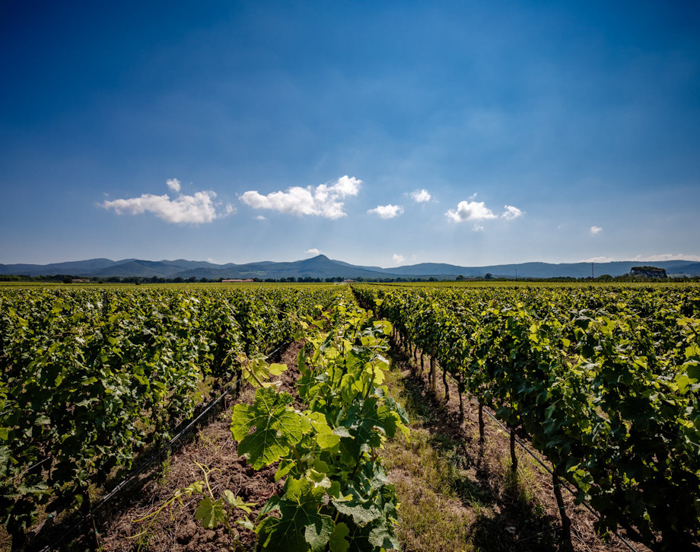
The revolution produced change. Today the Bolgheri DOC includes a Rosso blend which can contain native Sangiovese as well as international varietals such as Cabernet Franc, Cabernet Sauvignon, Merlot, Syrah, Petit Verdot. A Bolgheri Sassicaia DOC was created in 1994, for wines from Bolgheri made with a minimum of 80% Cabernet Sauvignon.
Today this small area with immense potential has attracted additional investment from Italy’s most prestigious producers. Tenuta San Guido, the della Rocchetta family estate continues to produce Sassicaia, as well as Guidalberto (currently a Cabernet Sauvignon/Merlot blend) and Le Difese (a 70% Cabernet and 30% Sangiovese blend).
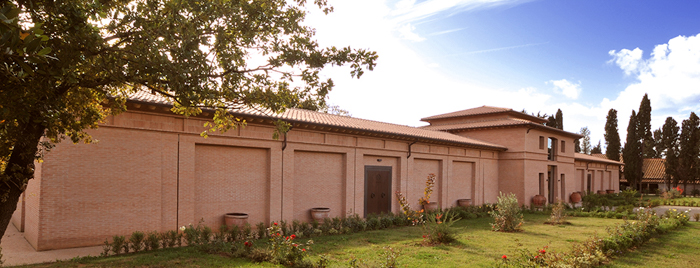
In the 1980s, Lodovico Antinori began planting on the neighboring Ornellaia estate. After developing a stellar reputation for Ornellaia wine, he sold the company to Robert Mondavi. Today, the Tenuta dell’Ornellaia estate is fully owned and operated by the Frescobaldi family.
The Antinori family continues to produce wine here in Bolgheri at Tenuta Guado al Tasso. Wines produced here include Bolgheri DOC Superiore wines Guado al Tasso (A blend of Cabernet Sauvignon, Merlot, Cabernet Franc and occasionally a small amount of Petit Verdot) and Matarocchio (100% Cabernet Franc) as well as Bolgheri DOC Il Bruciato (Cabernet Sauvignon, Merlot and Syrah).
Here are some tasting notes for a few of the wines mentioned in this article.
2015 Tignanello

Still commanding a reputation as one of the premier “Super Tuscans”, Tignanello is produced at the Antinori estate Tenuta Tignanello in Chianti Classico zone, as an IGT wine. The 2015 Tignanello is intense ruby red in color with purple highlights, with aromas of red fruit and sweet spice. The palate is fresh and lively with gracefully balanced tannins. A harmonious and long-lasting finish.
Blend: Based principally on Sangiovese blended with smaller amounts of Cabernet Sauvignon and Cabernet Franc. Aged fourteen to sixteen months in French and Hungarian oak barrels, some new and others already used once previously. The various lots, fermented and aged variety by variety, were then blended together a few months before being bottled. A further twelve month period of bottle aging occurs before commercial release.
2015 Guado al Tasso Bolgheri DOC Superiore

The 2015 Guado al Tasso boasts rich aromas of coffee, tobacco and leather along with pleasing notes of ripe berries. The palate is bright, fresh and luscious with elegant tannins. The finish is full bodied and persistent. 2015 is a vintage with great aging potential.
Blend: A blend of Cabernet Sauvignon, Merlot, Cabernet Franc and occasionally a small amount of Petit Verdot. At the end of the first year of aging in new oak barrels, the wine is blended and put back into oak for a further six months of aging before bottling.
2016 Il Bruciato
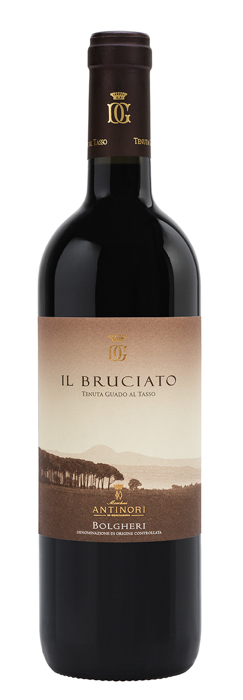
The 2016 Bruciato is intense ruby red in color. Aromas of ripe red berries, sweet spices, with bright minty notes. The palate is well rounded with pleasant fruit on the long-lasting finish.
Blend: 55% Cabernet Sauvignon, 30% Merlot, 15% Syrah. Aged in small oak barrels for an seven months before being bottled, followed by four months of bottle aging before commercial release.
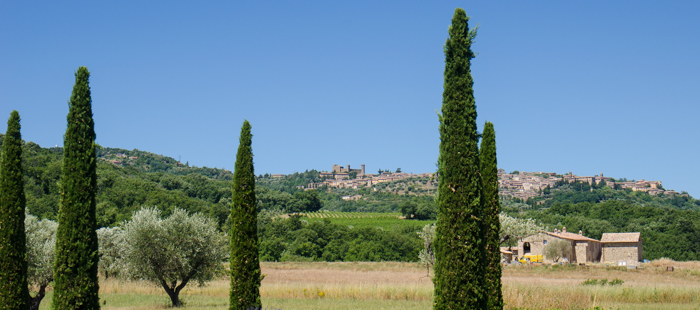
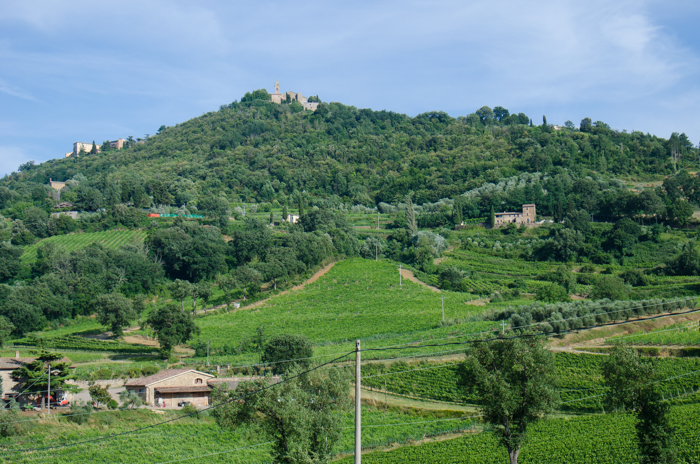
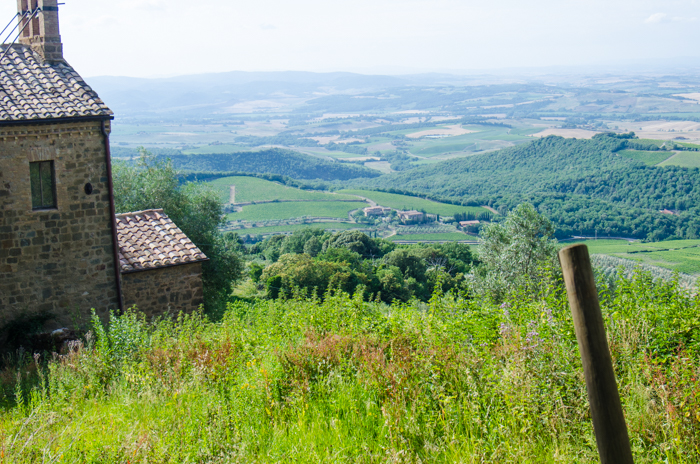
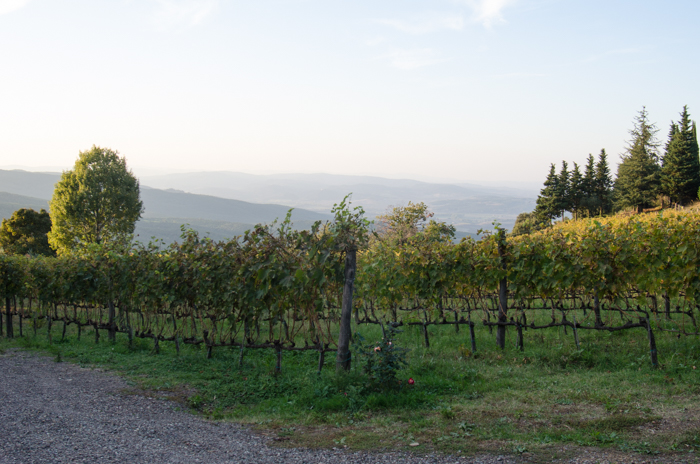
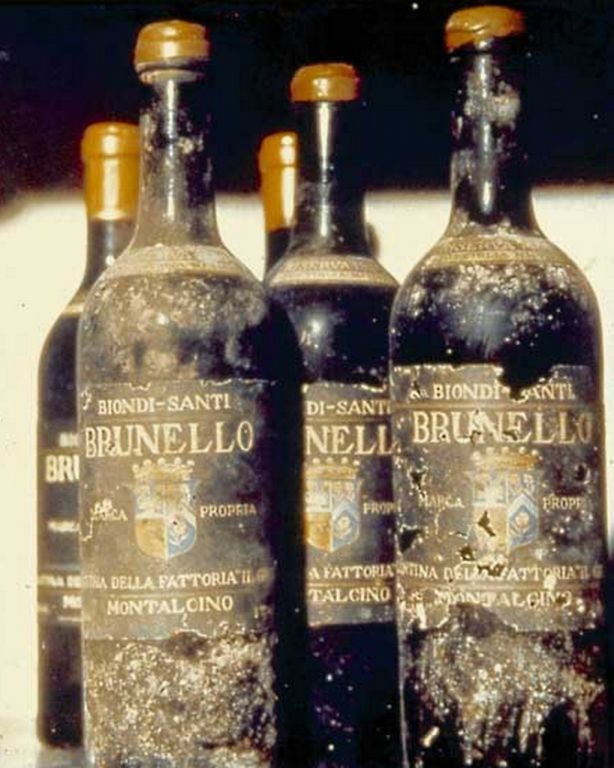
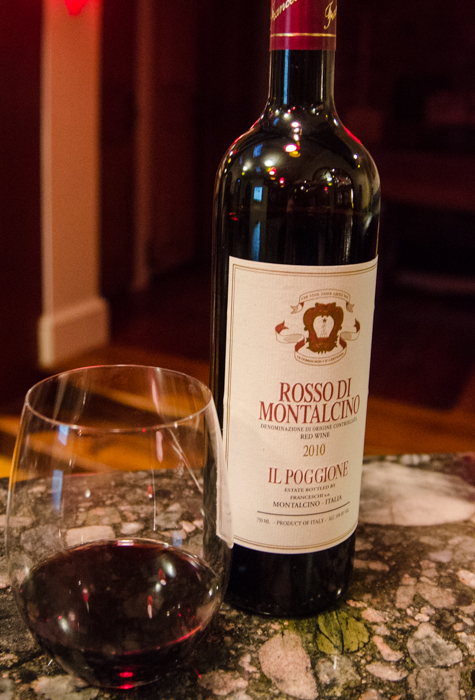
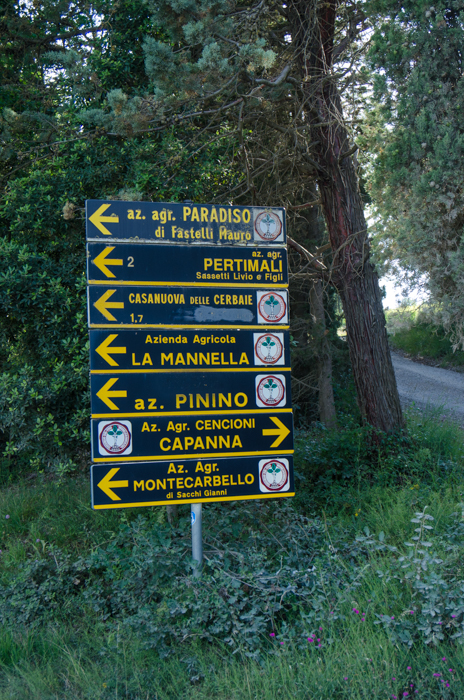
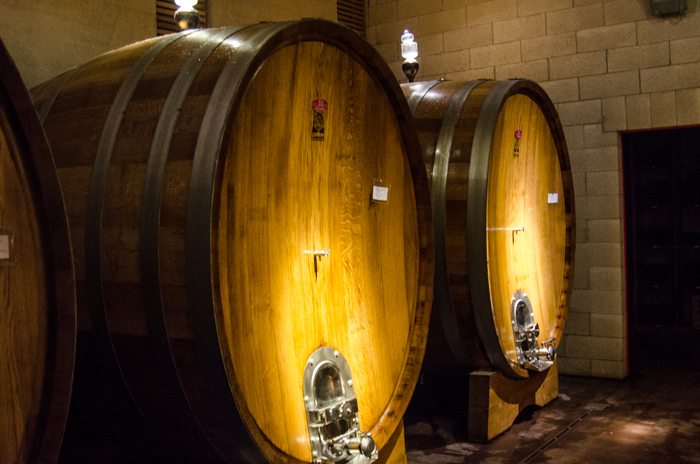
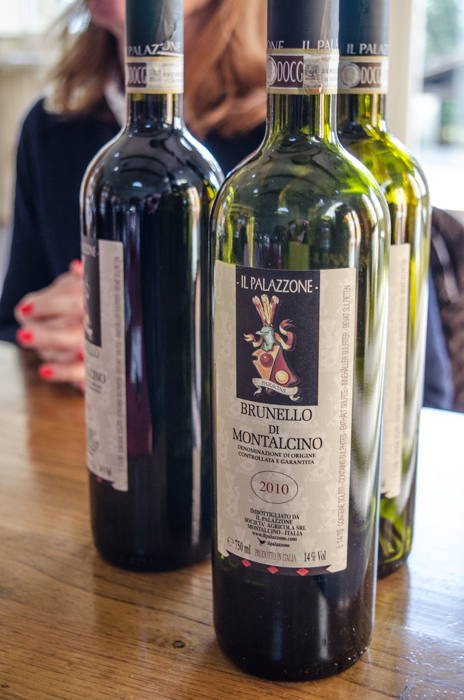
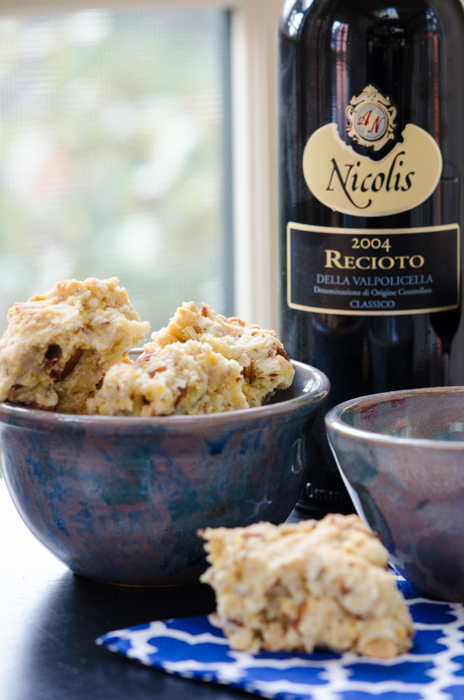
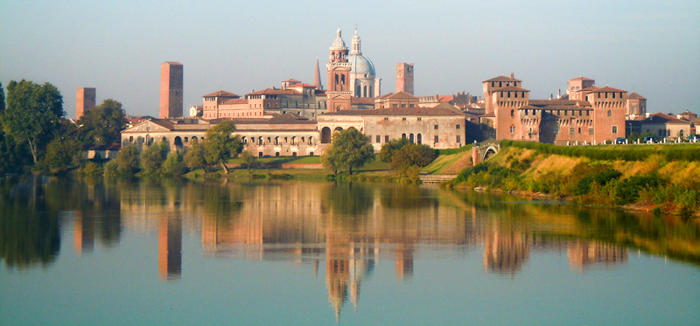
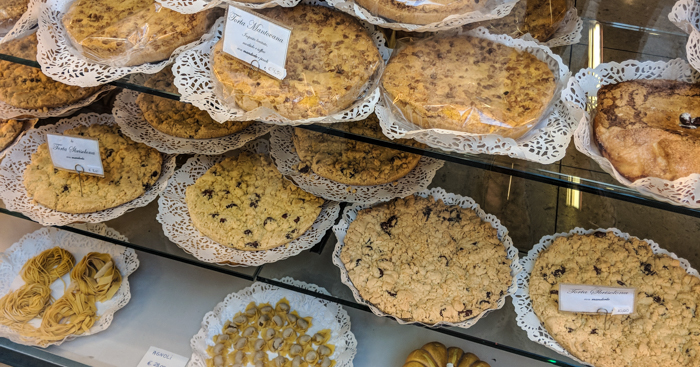
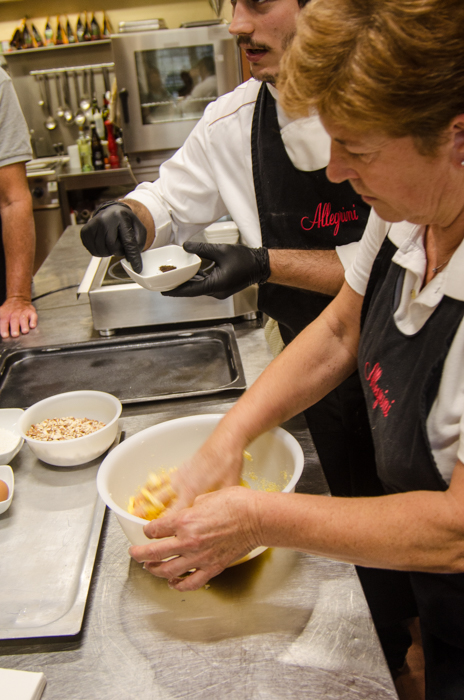
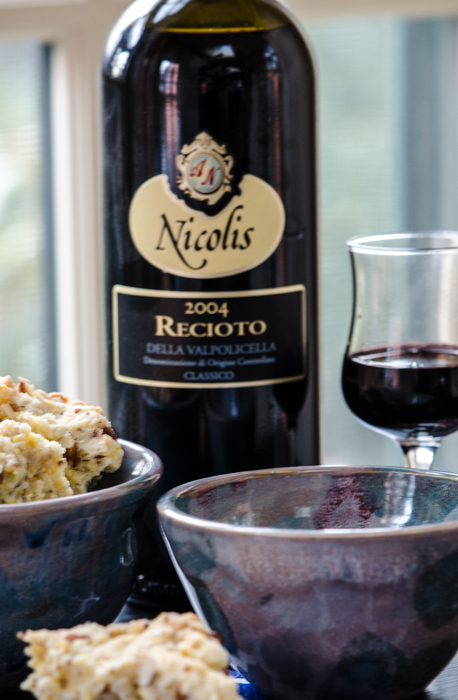
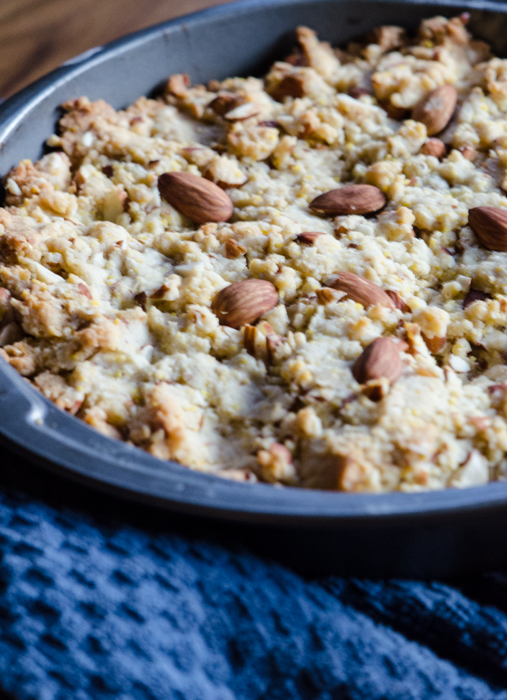
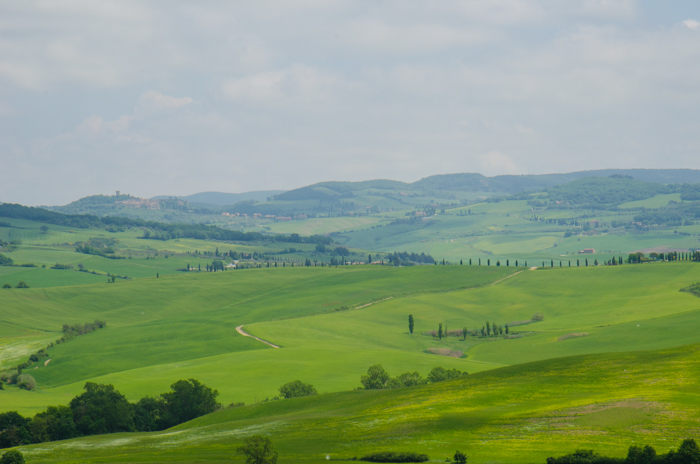 Our
Our 